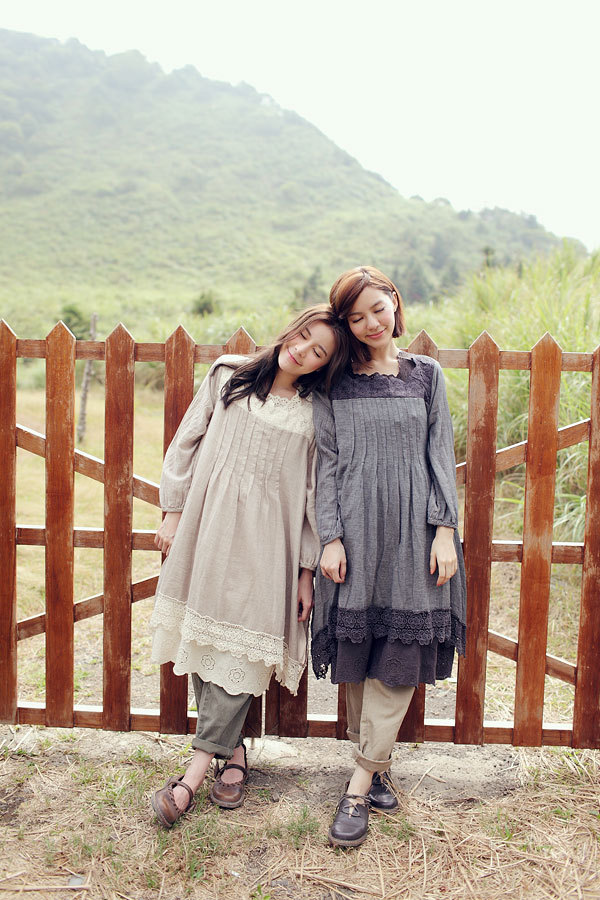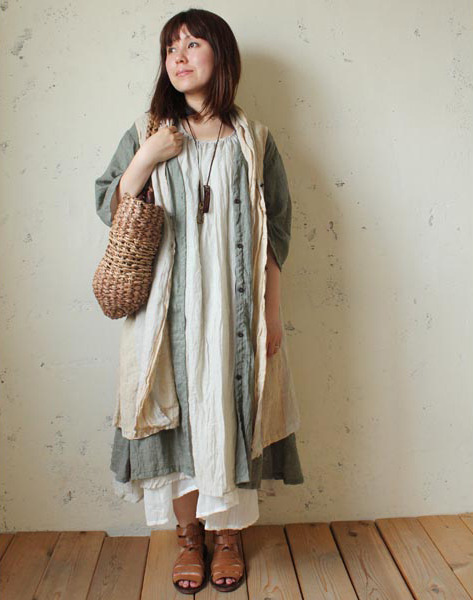I may have a Spanish test tomorrow but I feel the need for an emergency post before I start studying.
You guys, I am distressed. DISTRESSED.
About what, you ask? About this:

Yes, they're making The Giver into a movie. More specifically, Jeff Bridges is making it into a movie. That's not what has me distressed. When I found out, though, I was kind of worried. Everyone knows that books turned into movies are iffy, but I have a particular attachment to this one. Lois Lowry is brilliant. If you don't know that, you should. I had similar worries years ago when The Chronicles of Narnia went the film adaptation route. Lewis is my favorite author, as you know. The first movie was good, the second ticked me off, and the third made me want to cut my own arms off so I wouldn't murder someone. Now you understand why I'm concerned about this.
Now, to what has me distressed.
Jonas, the main character of the book, is twelve. You would think it would be logical to cast someone that age. Actually, Jeff Bridges thinks Jonas should be sixteen, but played by someone who is older than me. Jeff Bridges is just the smartest person ever, don't you think? But it wasn't enough to change something major like that, now we have to go further. Now we have to add Taylor Swift to the cast. Taylor Swift. TAYLOR SWIFT.
Needless to say I was in cut-off-my-arms-so-I-don't-murder-somone mode.
Now go read The Giver, fall in love with it, and be as outraged as I am.
And, Taylor, just stop.
I talked about Mori Girl earlier this year but I feel the need to talk about it again. It's that great. So, let's review. Mori Girl is a Japanese fashion, sometimes called the sister of Lolita. Mori means forest in Japanese, so the basic concept is to look like someone who lives in or came from the forest. There aren't really any rules except modesty, and maybe flowiness, and you can bend Mori towards your own style. Some Mori Girls wear lace, some wear plaid, some wear brighter colors, some wear prints, some go dark. It's a really beautiful style and I wish more people in the U.S. appreciated it. Now, take in some visual aids.















The problem I have is that I don't have a lot of Mori pieces and it's hard to find any in the U.S., let alone in Tallahassee. It's gotten to the point, though, that I try to wear Mori at least once a week. What put me off in the beginning was that I was worried that people would think I was crazy or weird for wearing this kind of stuff, and being what they would call 'matronly.' I got over that pretty quickly when I realized that they had no room to talk since they were wearing dresses so short that their butt cheeks were popping out.
Then I started wearing it every so often. Here and there. Until I realized that it gave me confidence. Then I wore it on days when I needed to shore up my courage: Spanish oral exams, painting critiques, class discussions, and sometimes even just for the sheer pleasure of being different. I found that wearing Mori gave me something more, and it helped that almost every time I wore it I got compliments from the most unexpected people.
Maybe Mori Girl isn't your style, and that's okay (as long as you still like lace). Find your own style and don't be afraid of what other people might think of you for it. They're just fashion zombies trying to show everything they have to the world.
And as I said before, Jesus will come back again before this catches on here.
I am flawed, just like a piece of Swiss cheese. It's a strange analogy but it's what came to mind first. I've been struggling my way through life lately, trying to understand where I fit and what God has planned for my future. I feel like I'm completely failing at whatever it is He wants me to do, partly because I don't know what it is and partly because I, myself, am getting in my own way, and His.
I do horrible things every day. I know I do. I get on Tumblr instead of painting. I save my writing assignments until the night before. I watch CSI when I should be studying Spanish. I also care too much about what people think of me, which hinders me from speaking my opinions in my writing class, or anywhere else for that matter. I fear things that shouldn't be feared. I'm sabotaging myself, and I'm fully aware that I'm doing it. I know it even BEFORE I do it.
But I still do it, and later I hate myself for it.
For the longest time I've felt like I have to get myself out of this rut before God would even consider looking at me. I've always felt like I have to fix myself and be perfect before he could ever love me. I know I have to do my part, but I've always held the belief that God would only help me if I was always 'good' and ignore me if I wasn't.
Oh, you guys...I'm only realizing now that's entirely the WRONG way to think. Yes, I have to try, and yes I have to work towards fixing myself, but I don't have to do it alone. He isn't just here to save me from 'the world.' He's here to save me from myself too.
For those of you who ever thought I was perfect, I never was, and I'm still not. I'm still learning and trying to change. The other day I even participated in a discussion in class and the world didn't come to an end. I'm learning that it's okay to get things wrong sometimes and that sometimes you have to paint a bad painting or draw a bad drawing and let it stay bad and be OKAY with it.
I don't understand it, but God loves my Swiss cheese self. In the midst of a bad week that makes me smile, and it fills my whole body with relief. So later on in the semester after I've forced myself back on track but I leave an assignment to the last minute, I can talk to Him about it and ask Him for help...and He'll listen.
He's there "in the beauty and the sin."
My trashcan is overflowing with tissues but I feel better now.
In 1851 the Mariposa Battalion entered into the Yosemite Valley in pursuit of a large band of Ahwaneechee Indian raiders and as they reached an overlook what they saw filled them with wonder. The valley was laid out before them with high mountains all around and a magnificent waterfall cascading down a great rock face. The battalion doctor Lafayette Bunnell called it “Yo-sem-ity.” In 1855 James Hutchings and Thomas Ayres along with two others traveled to Yosemite. They were considered the valley’s first tourists. When Hutchings returned from Yosemite he wrote an article for the Mariposa Gazette in which he described the group’s first impressions of Yosemite. “We were almost speechless with wondering admiration,” he said, “at its wild and sublime grandeur.” As the stories of Yosemite spread across the country, many people came to see it. However, with exploration came settlement: hotels, bridges, and roads were being built in Yosemite. In 1863, interested to see Yosemite for himself, landscape architect Frederick Law Olmstead ventured to the valley. He was troubled by what he saw and he turned to Senator John Conness of California and convinced him to take a park bill into the U.S. Senate. So, on June 30, 1864, as Abraham Lincoln sat down to sign the Revenue Act and various other bills he also signed the Yosemite Land Grant, never suspecting that it would begin a park revolution that would last for years to come.
-----
The valley was laid out all around us, a great flat plain rimmed with hazy mountains. I'd brought a whole bag of things to do but somehow I ended up with my face to the window, like always. I squinted into the distance and a ball of excitement did a little jig in my stomach. Could that be it? I noted the color, the gentle sloping curves. "I think that's it!" I said, pointing through the glass. Everyone looked and speculated. You could feel the anticipation filling the van up and nearly drowning us. Down the Chinese writing road there was a sign that confirmed it.
Up close they made it feel like you didn't belong. The dunes curved up from the valley floor to meet the mountains in golden waves. It was a desert where a desert shouldn't be.
We took off our shoes and waded across the creek trickling with snow melt, feeling our feet numb up with every step. Up the slopes we went, barefooted and in hoodies. Shoes felt pointless. We zigzagged up sandy ridges like stranded wanderers without a path, and yet we were content. As we began to tire we stopped and turned to face the valley and the mountains, all green and brown. Inhale, exhale. We felt the wind pushing the sand up the backs of our shirts. We giggled.
It was my first national park.
(Great Sand Dunes National Park and Preserve)
Those of you who know me very well know that I am in love with the national parks (hiking and mountains and being outside being three of my favorite things). It started in high school as I was doing research for my graduation road trip, and really kicked in when I saw The National Parks: America's Best Idea. The Ken Burns documentary came on every Sunday night for about five weeks, and I never missed it. It chronicled the story of the national parks from the origins in the nineteenth century to the present. I devoured every episode. John Muir became one of my favorite people, and I learned to love Lincoln even more.
The beginning of this post is a short essay I wrote for a history class at my community college about the origins of the national parks. Though Yellowstone became the very first national park in 1872, Yosemite was the first time land had been set aside in such a way. It was the idea of a national park that was such a revolutionary concept. In Europe the most beautiful places were owned by the wealthy and the prestigious, but the idea of preserving land for everyone, the idea of the people collectively owning these places, started with Yosemite.
That's the reason I find this so strange:
Imagine you're driving down your street. You come to your driveway and there's someone standing there and they won't let you pass. You roll down your window.
"What are you doing? Could you move? I need to get into my driveway," you say.
"I'm sorry, but I can't let you on the property," the person says.
"Why not?" you ask.
"Because the bank you use just got blown up by aliens from Jupiter," the person says.
"But it's my property, what does that have to do with you keeping me out?"
The person is silent.
"So I can't go on my own property?" You ask.
"No," the person says.
The whole idea behind the national parks was that being an American made you a joint owner of some of the most beautiful places in the country. Those sand dunes I climbed belong to me, and they belong to you too, so the fact that we're not allowed in the national parks because a bunch of grown men are acting like kindergarteners is kind of preposterous. So if I were anywhere near a national park or monument right now, I wouldn't let a barricade stop me. I'd keep right on going.
Okay, I'm done venting.

















